Blog
Oscar Marcelo Alemán (February 20, 1909 – October 14, 1980) was an Argentine jazz multi instrumentalist, guitarist, singer, and dancer.
Alemán was born in Machagai, Chaco Province, in northern Argentina. He was the fourth child of seven born to pianist Marcela Pereira, a native Argentine, and Jorge Alemán Morales, of Uruguayan descent, who played guitar in a folk quartet with his children Carlos, Juan, and Jorgelina.
At the age of six, Alemán joined the family ensemble, the Moreira Sextet, and played the cavaquinho, a chordophone related to the ukulele, before taking up the guitar. The group travelled to Buenos Aires to perform at the Parque Japonés, Nuevo Theater, and at the Luna Park. Later they toured in Brazil.
more...James Edwards Yancey (February 20, c. 1895 – September 17, 1951) was an American boogie-woogie pianist, composer, and lyricist. One reviewer described him as “one of the pioneers of this raucous, rapid-fire, eight-to-the-bar piano style”.
Jimmy Yancey was born in Chicago, Illinois, most likely in 1895. However, at different times he stated 1900 and 1903, and other sources give 1894 or 1898. Researchers Bob Eagle and Eric LeBlanc suggest 1901.
His brother, Alonzo Yancey (1897–1944), was also a pianist, and their father was a vaudeville guitarist and singer. By age ten, Yancey had toured across the United States as a tap dancer and singer, and by twenty he had toured throughout Europe. He began teaching himself to play the piano at the age of 15, and by 1915 had gained a sufficient profile to influence younger musicians, including Meade Lux Lewis and Albert Ammons.
Jimmy played in a boogie-woogie style, with a strong-repeated figure in the left hand and melodic decoration in the right, but his playing was delicate and subtle rather than hard driving. He popularized the left-hand figure that became known as the “Yancey bass”, later used in Pee Wee Crayton‘s “Blues After Hours“, Guitar Slim‘s “The Things That I Used to Do”, and many other songs. Yancey favored keys—such as E-flat and A-flat—that were atypical for barrelhouse blues. Distinctively, he ended many pieces in the key of E-flat, even if he had played in a different key until the ending.
more...Frank Isola (February 20, 1925 – December 12, 2004 in Detroit, Michigan) was an American jazz drummer.
Isola was born and raised in Detroit and was heavily influenced by Gene Krupa. He played in the U.S. military during World War II (1943–45), and then studied and performed in California with Bobby Sherwood and Earle Spencer. He then moved to New York City, where he played with Johnny Bothwell and Elliot Lawrence in 1947. Following this he played with Stan Getz (1951–53) and Gerry Mulligan (1953–54), as well as with Mose Allison, Eddie Bert, Bob Brookmeyer, Jimmy Raney, Johnny Williams and Tony Fruscella.
more...Charles Kynard (20 February 1933 – 8 July 1979) was an American soul jazz/acid jazz organist born in St. Louis, Missouri.
Kynard first played piano then switched to organ and led a trio in Kansas City including Tex Johnson (flute, sax) and Leroy Anderson (drums). In 1963, he settled to Los Angeles and his band featured guitarists Cal Green and Ray Crawford, drummer Johnny Kirkwood.
more...https://www.youtube.com/watch?v=dWk6bJRx1AQ&list=PLEB3LPVcGcWZ0hsQ5_jgSMhawAnDzy1io&index=2
more...Maroons three gigs at McCreadys I don’t remember that. And then look who’s in the Cats pic at the Union Bar gheezzz They weren’t supposed to use that pic; I was in the original 4 pc Cats. It was the wild days and then some!
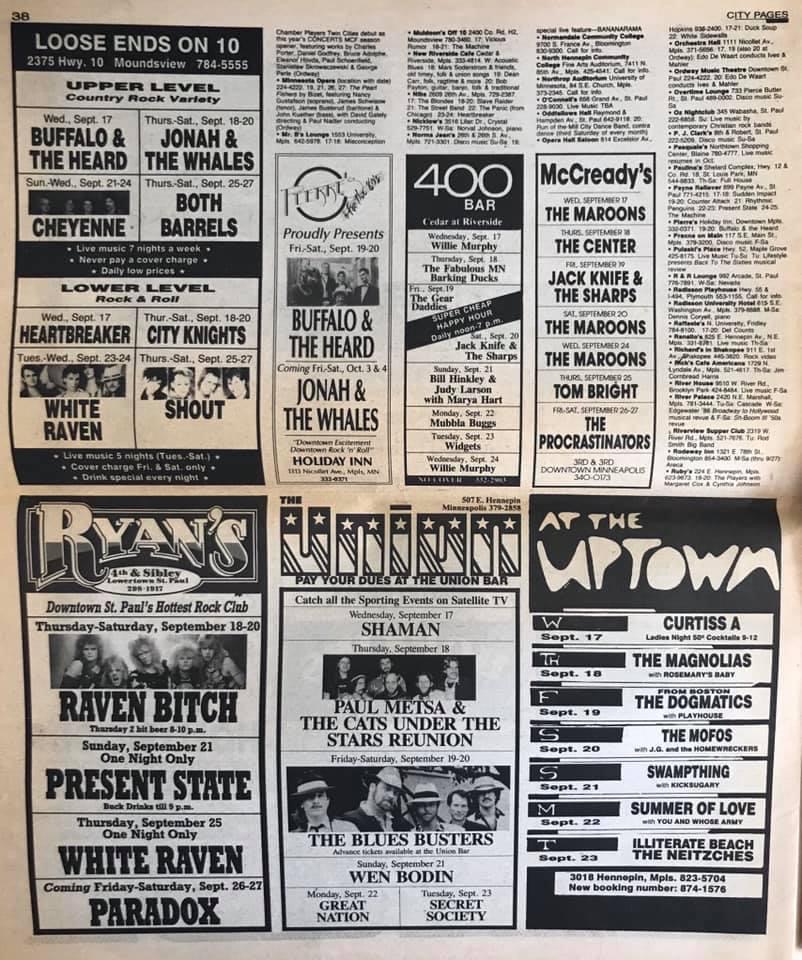
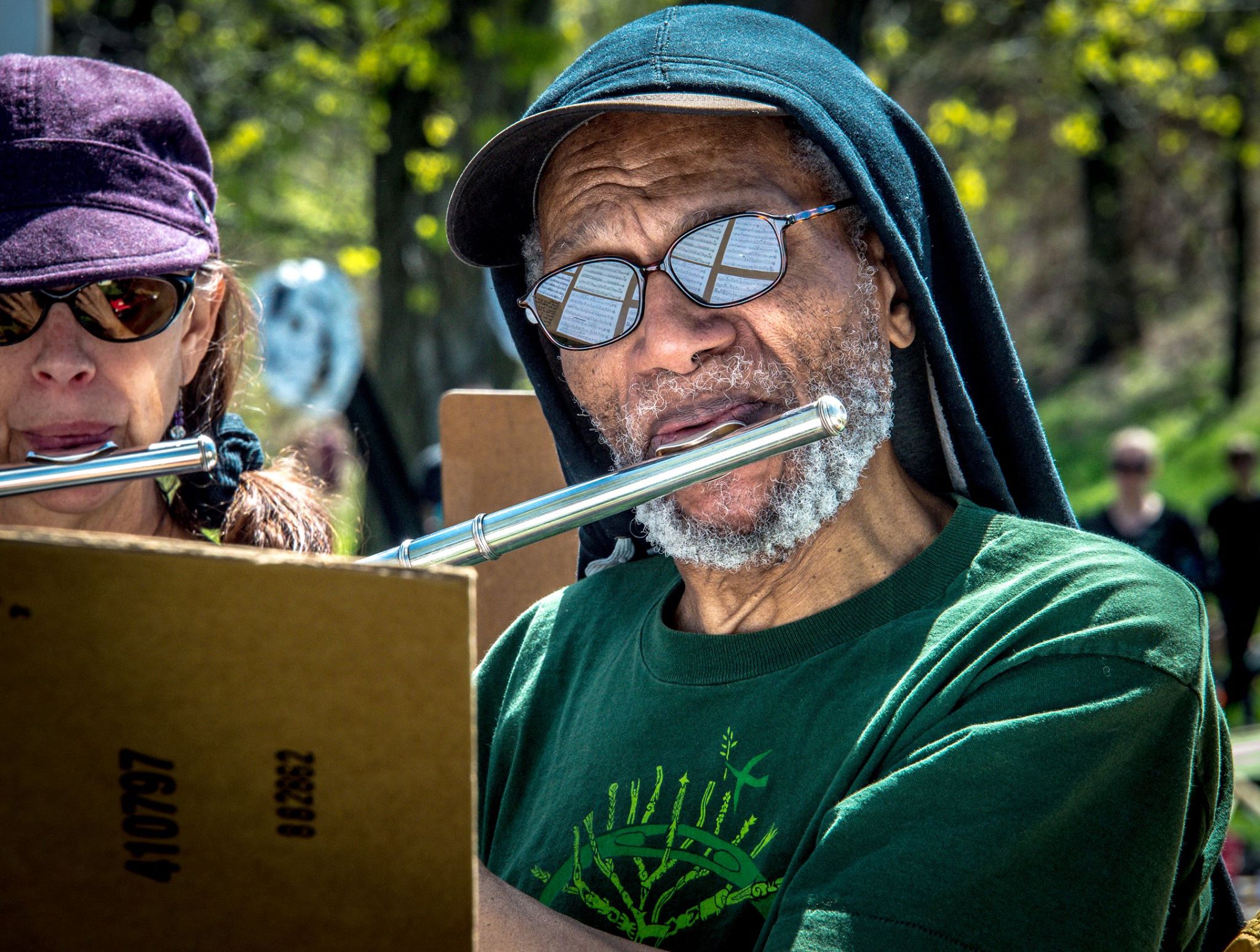
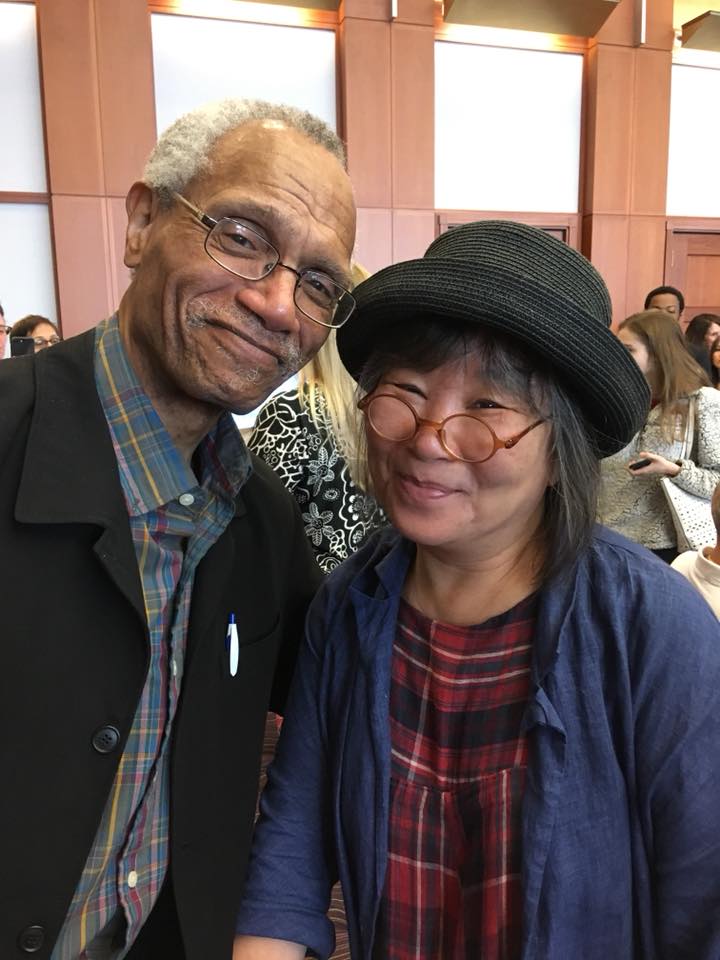
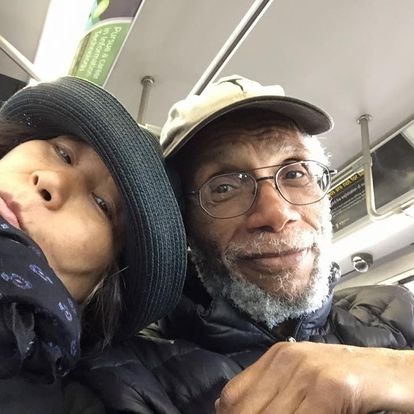

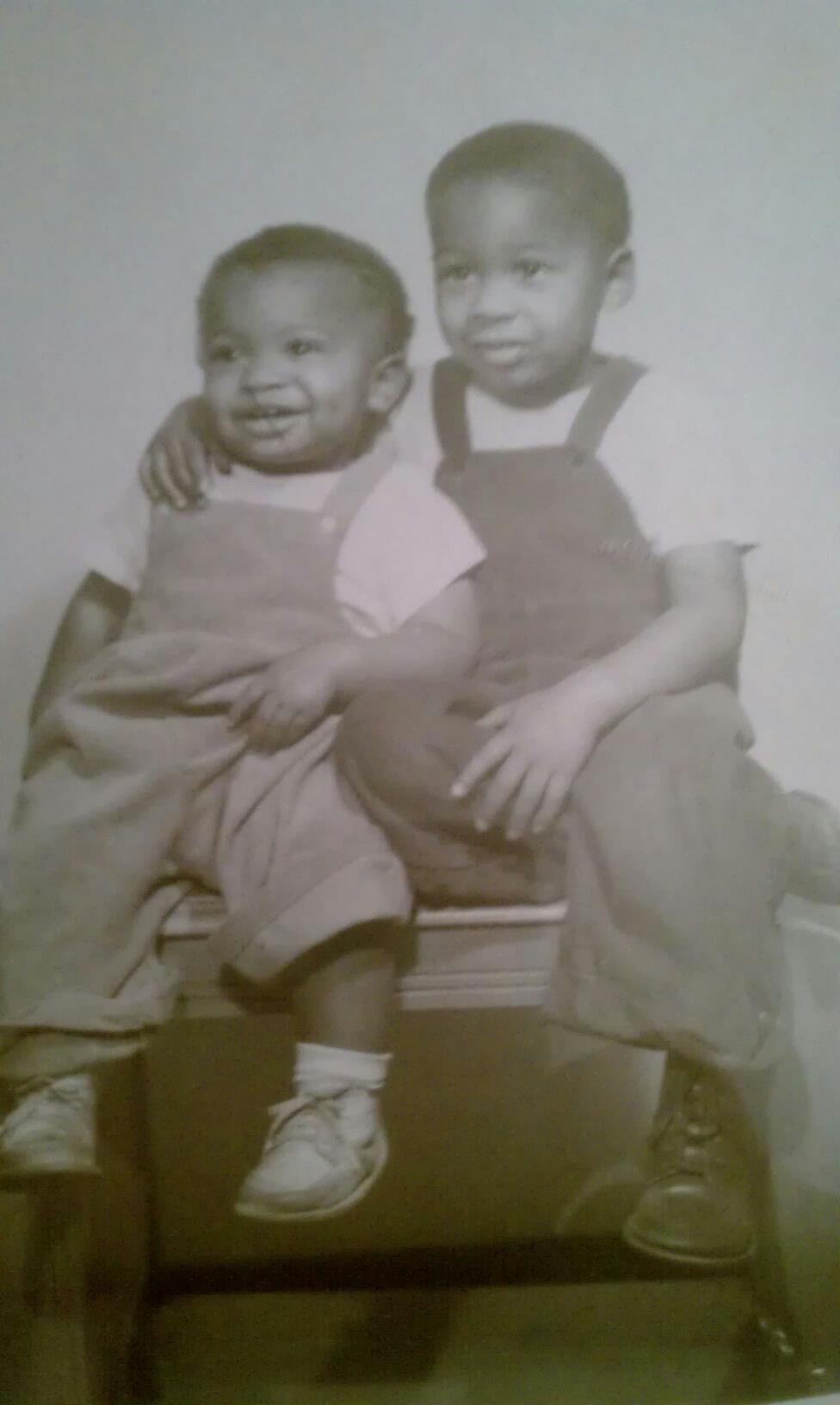
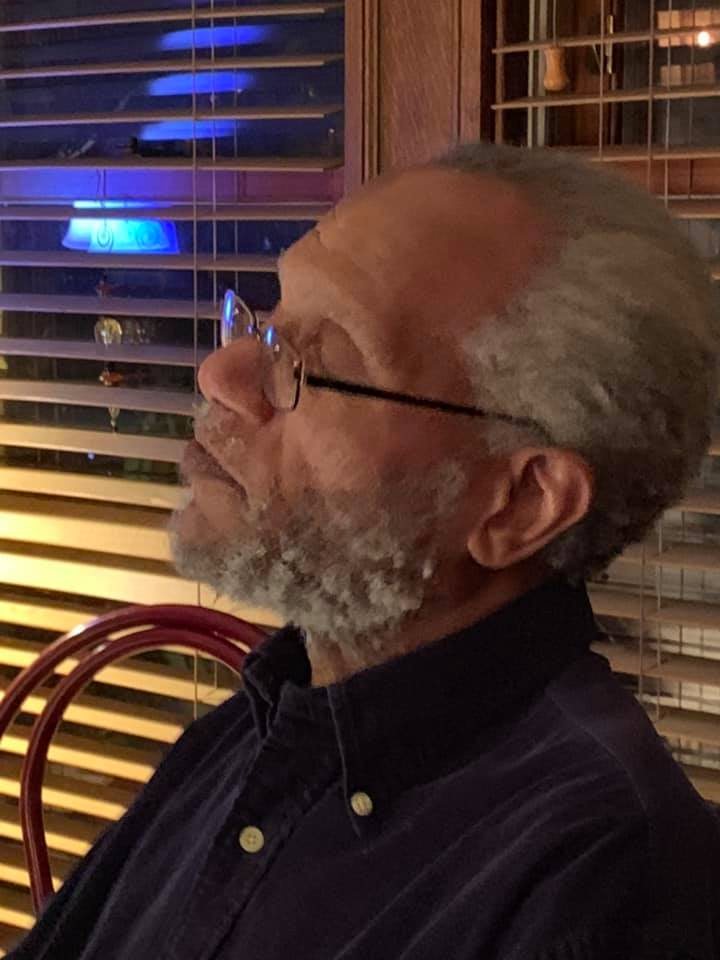
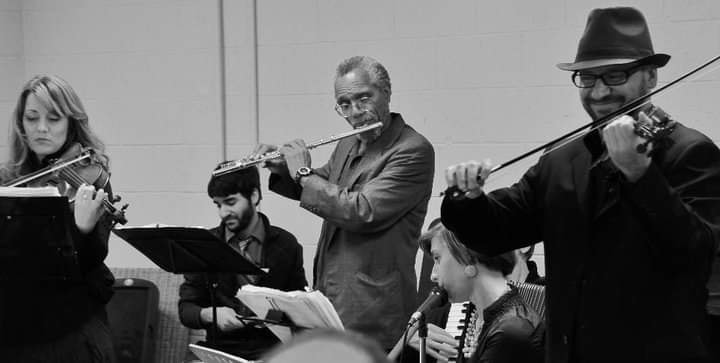
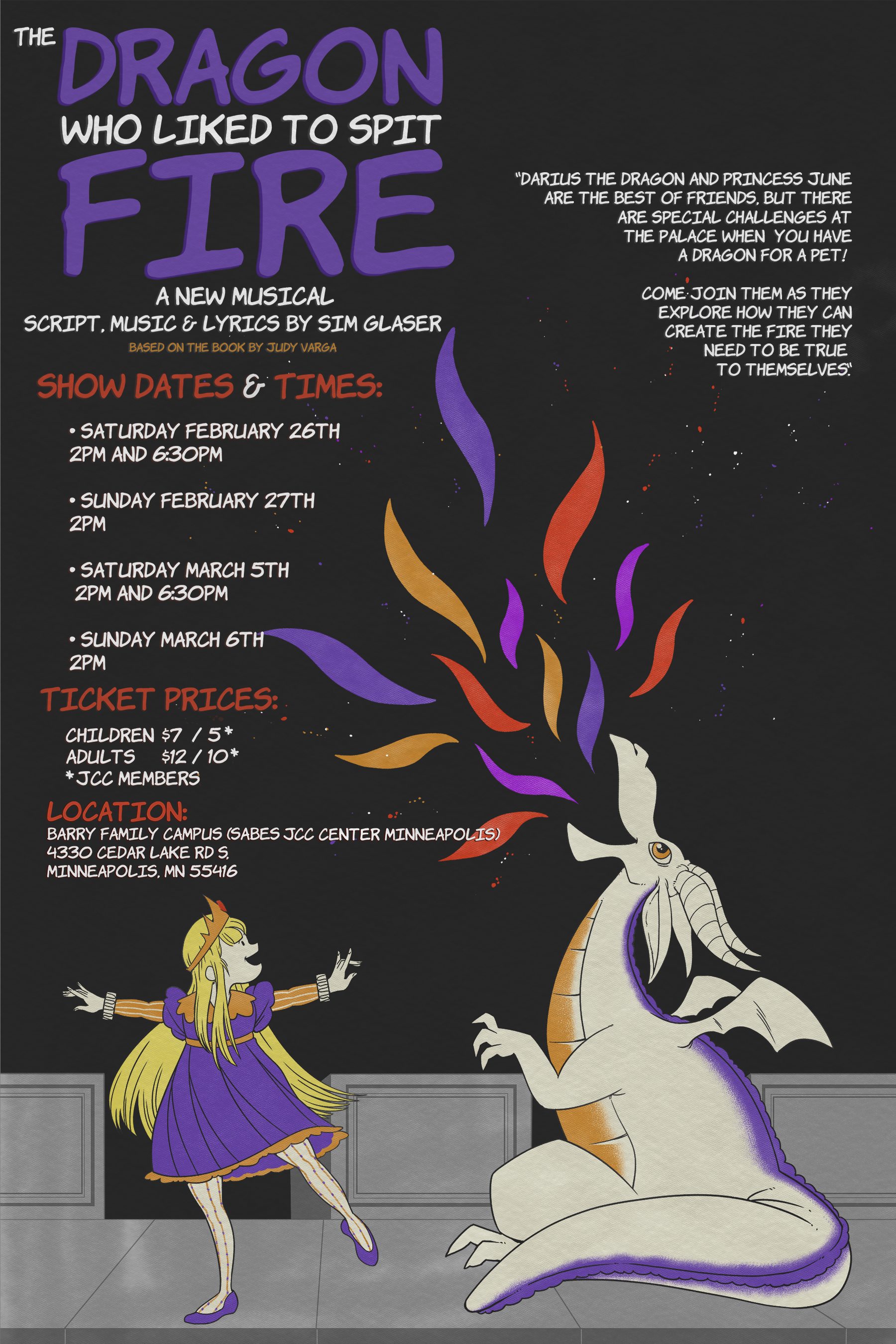
The two eye-catching galaxies lie far beyond the Milky Way, at a distance of over 300 million light-years. Their distorted appearance is due to gravitational tides as the pair engage in close encounters. Cataloged as Arp 273 (also as UGC 1810), the galaxies do look peculiar, but interacting galaxies are now understood to be common in the universe. Nearby, the large spiral Andromeda Galaxy is known to be some 2 million light-years away and approaching the Milky Way. The peculiar galaxies of Arp 273 may offer an analog of their far future encounter. Repeated galaxy encounters on a cosmic timescale can ultimately result in a merger into a single galaxy of stars. From our perspective, the bright cores of the Arp 273 galaxies are separated by only a little over 100,000 light-years.
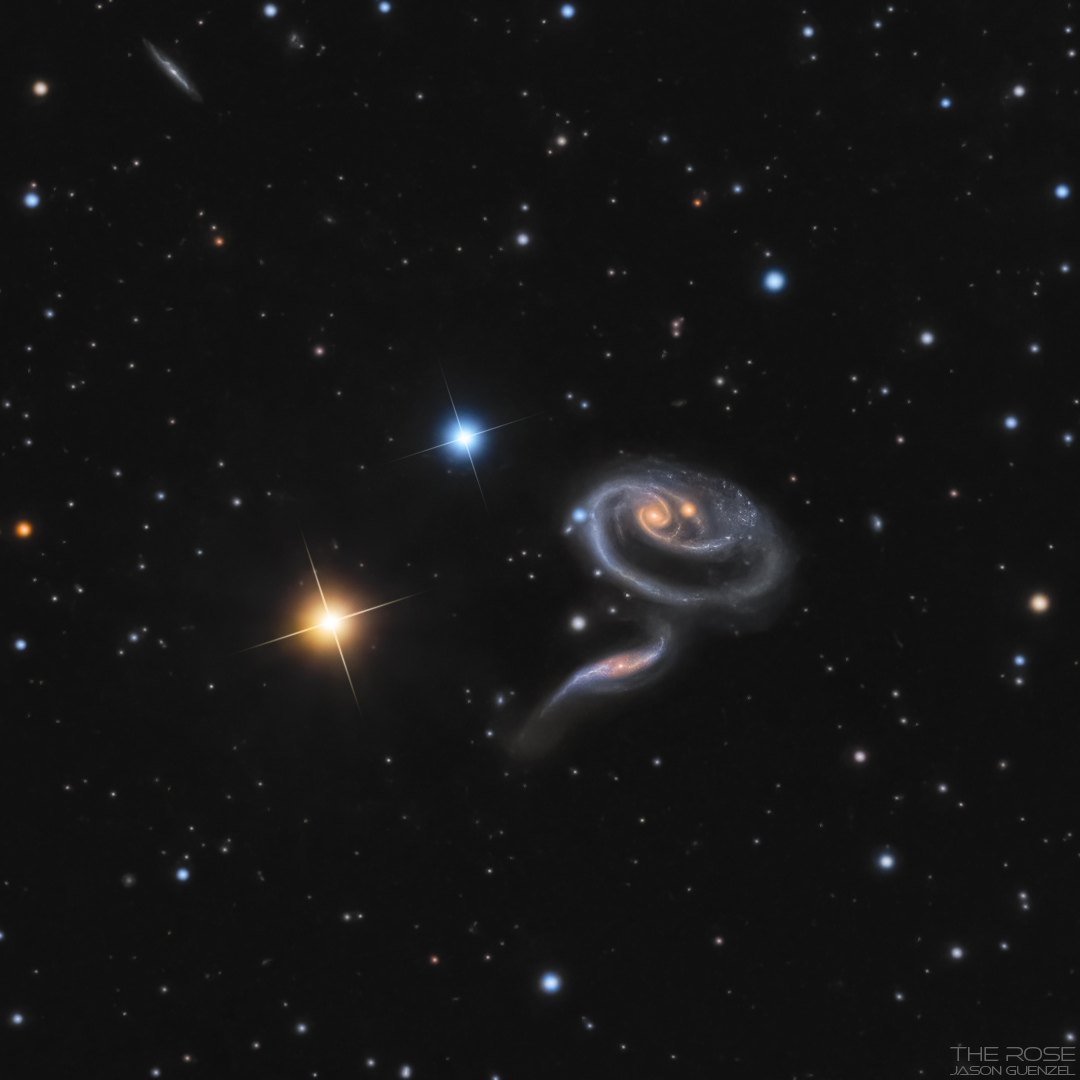
William “Smokey” Robinson Jr. (born February 19, 1940) is an American singer, songwriter, record producer, and former record executive director. Robinson was the founder and front man of the Motown vocal group the Miracles, for which he was also chief songwriter and producer. He led the group from its 1955 origins as “the Five Chimes” until 1972, when he announced his retirement from the group to focus on his role as Motown’s vice president. However, Robinson returned to the music industry as a solo artist the following year. After the sale of Motown Records in 1988, Robinson left the company in 1990.
Robinson was inducted into the Rock and Roll Hall of Fame in 1987, and was awarded the 2016 Library of Congress Gershwin Prize for his lifetime contributions to popular music.
William Robinson Jr. was born to an African-American father and a mother of African-American and French ancestry into a poor family in the North End area of Detroit, Michigan, United States. His ancestry is part Nigerian, Scandinavian, Portuguese, and Cherokee. His uncle Claude gave him the nickname “Smokey Joe” when he was a child.
more...Louis “Kid Shots” Madison (19 February 1899, New Orleans – September 1948, New Orleans) was an American jazz cornetist.
Madison was born in New Orleans on 19 February 1899. He studied cornet under David Jones, Louis Dumaine, and Joe Howard. In 1915, he was the drummer in the Colored Waif’s Home band with Louis Armstrong. In 1923, he played second cornet with the Tuxedo Brass Band. During the 1930s, he played with the WPA brass band. In the 1940s, he played with the New Orleans Eureka Brass Band. In January 1948, Madison suffered from a stroke and died eight months later.
more...Galactic or open star clusters are young. The swarms of stars are born together near the plane of the Milky Way, but their numbers steadily dwindle as cluster members are ejected by galactic tides and gravitational interactions. Caught in this telescopic frame over three degrees across are three good examples of galactic star clusters, seen toward the southern sky’s nautical constellation Puppis. Below and left, M46 issome 5,500 light-years in the distance. Right of center M47 is only 1,600 light-years away and NGC 2423 (top) is about 2500 light-years distant. Around 300 million years young M46 contains a few hundred stars in a region about 30 light-years across. Sharp eyes can spot a planetary nebula, NGC 2438, at about 11 o’clock against the M46 cluster stars. But that nebula’s central star is billions of years old, and NGC 2438 is likely a foreground object only by chance along the line of sight to youthful M46. Even younger, aged around 80 million years, M47 is a smaller and looser star cluster spanning about 10 light-years. Star cluster NGC 2423 is pushing about 750 million years in age though. NGC 2423 is known to harbor an extrasolar planet, detected orbiting one of its red giant stars.
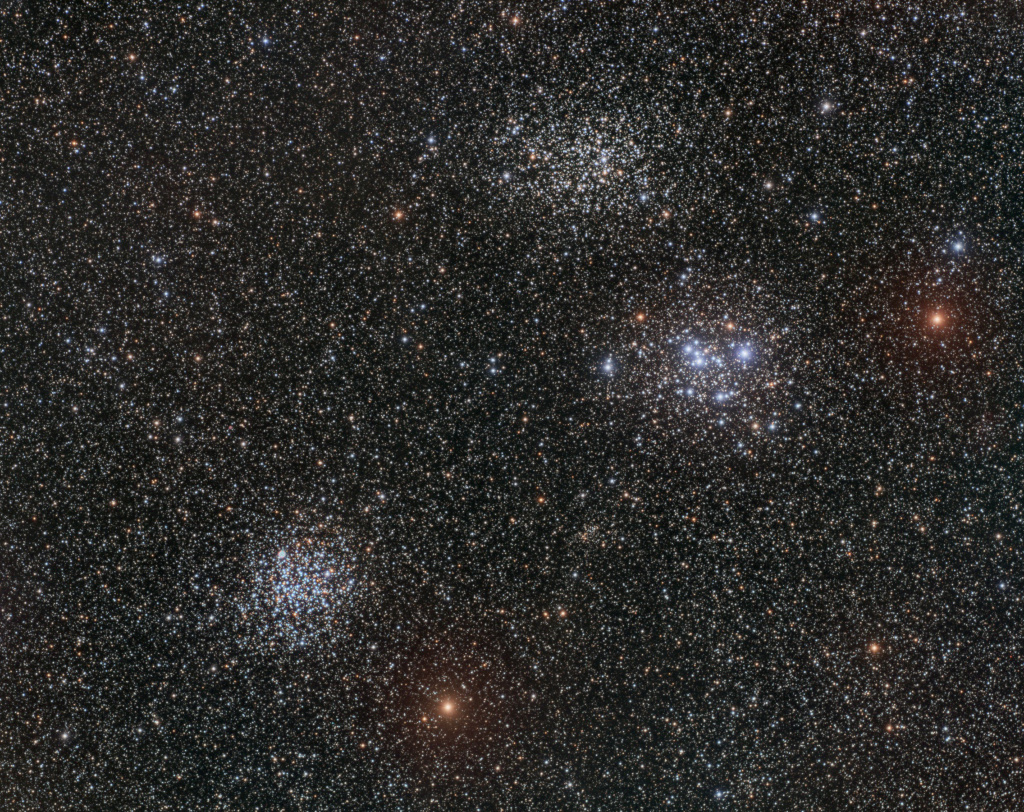
Chloe Anthony Wofford Morrison (born Chloe Ardelia Wofford; February 18, 1931 – August 5, 2019), known as Toni Morrison, was an American novelist. Her first novel, The Bluest Eye, was published in 1970. The critically acclaimed Song of Solomon (1977) brought her national attention and won the National Book Critics Circle Award. In 1988, Morrison won the Pulitzer Prize for Beloved (1987); she was awarded the Nobel Prize in Literature in 1993.
Born and raised in Lorain, Ohio, Morrison graduated from Howard University in 1953 with a B.A. in English. She earned a master’s degree in American Literature from Cornell University in 1955. In 1957 she returned to Howard University, was married, and had two children before divorcing in 1964. Morrison became the first black female editor in fiction at Random House in New York City in the late 1960s. She developed her own reputation as an author in the 1970s and ’80s. Her work Beloved was made into a film in 1998. Morrison’s works are praised for addressing the harsh consequences of racism in the United States.
The National Endowment for the Humanities selected Morrison for the Jefferson Lecture, the U.S. federal government’s highest honor for achievement in the humanities, in 1996. She was honored with the National Book Foundation‘s Medal of Distinguished Contribution to American Letters the same year. President Barack Obama presented her with the Presidential Medal of Freedom on May 29, 2012. She received the PEN/Saul Bellow Award for Achievement in American Fiction in 2016. Morrison was inducted into the National Women’s Hall of Fame in 2020.
more...Irma Thomas (born February 18, 1941) is an American singer from New Orleans. She is known as the “Soul Queen of New Orleans”.
Thomas is a contemporary of Aretha Franklin and Etta James, but never experienced their level of commercial success. In 2007, she won the Grammy Award for Best Contemporary Blues Album for After the Rain, her first Grammy in a career spanning over 50 years.
Born Irma Lee, in Ponchatoula, Louisiana, United States, as a teenager she sang with a Baptist church choir. She auditioned for Specialty Recordsat the age of 13. By the time she was 19, she had been married twice and had four children. Keeping her second ex-husband’s surname, she worked as a waitress in New Orleans, occasionally singing with bandleader Tommy Ridgley, who helped her land a record deal with the local Ron label. Her first single, “Don’t Mess with My Man”, was released in late 1959, and reached number 22 on the US Billboard R&B chart.
She then began recording on the Minit label, working with songwriter and producer Allen Toussaint on songs including “It’s Raining” and “Ruler of My Heart”, which was later reinterpreted by Otis Redding as “Pain in My Heart”. Imperial Records acquired Minit in 1963, and a string of successful releases followed. These included “Wish Someone Would Care”, her biggest national hit; its B-side “Breakaway“, written by Jackie DeShannon and Sharon Sheely (later covered by Tracey Ullman, among others).
more...Frank Butler (February 18, 1928 – July 24, 1984) was an American jazz drummer.
Butler was born in Kansas City, Missouri, but later moved west and was associated in large part with the West Coast school. He played the drums in multiple high school bands (including one in Omaha, Nebraska), in local jazz combos, and in USO shows during World War II.
Butler never became well known, but was highly regarded by fellow musicians (in 1958, veteran drummer Jo Jones proclaimed him “the greatest drummer in the world”) and performed with numerous jazz notables. Early in his career he played with the Dave Brubeck combo at a 1950 engagement in San Francisco, before Brubeck’s group gained a national following in the mid-1950s. He went on to perform and record with Duke Ellington, John Coltrane, Miles Davis, Ben Webster, Harold Land, Hampton Hawes and Art Pepper in the 1950s and 1960s. He performed on several television series, including Stars of Jazz with bassist Curtis Counce. The Contemporary label noticed Butler and Counce, and, from 1956 through 1958, captured them together on several Curtis Counce Quintet albums. Sidelined for many years by an addiction to heroin, Butler did not record albums under his own name until the 1970s, when he released two highly regarded albums titled Wheelin’ and Dealin’ and The Stepper. Butler died in Ventura, California after a short battle with lung cancer at the age of 56.
more...More Posts
- Hero
- Nelson Mandala Hating
- Good Friday 2025
- Temple Israel Erev Shabbat Service
- Cosmo Virgo Cluster
- Danny Gottlieb
- Clarence “Gatemouth” Brown
- Leo Parker
- Flamenco Fridays Antonio “El Turry” (cante) y José Fermín Fernández
- Daily Roots Israel Vibration
- Terrapin River
- Helen Keller Soaring
- Sizzla
- Chavela Vargas
- Cosmo NGC 6543 Halo
- Johnny St. Cyr
- Jan Hammer
- Buster Williams
- World Music El Laberinto del Coco
- Daily Roots Black Roots